What is a Subdomain? (Definition & Examples)
A subdomain is a specialized segment within a website, characterized by its distinct second-level domain. The utility of subdomains predominantly revolves around the segregation of diverse content across various sections of a single website. This stratagem finds its applications in multiple scenarios, including localization endeavors such as furnishing website versions in alternate languages. Additionally, subdomains prove invaluable in establishing discrete identities for different brands or products, and in catering to specific content types, such as images or videos, that may not be integral to the parent website. There are instances where subdomains come into play to differentiate between website sections serving similar purposes but overseen by distinct teams or individuals.
Illustratively, let’s consider the website www.example.com; here, the subdomain www.example.com/blog could be earmarked for hosting a staff-authored blog. Similarly, the subdomain www.example.com/store might be earmarked for retailing products aligned with the site’s content theme. Moreover, a subdomain like www.example.com/support could be dedicated to extending customer assistance to website visitors.
The creation of subdomains is feasible across existing domain names, offering an efficient mechanism to systematically categorize a gamut of content within a solitary website. Enterprises frequently harness subdomains to offer users a bespoke browsing experience, exemplifying their utility in maintaining website coherence and facilitating user-friendly navigation. In summation, subdomains emerge as indispensable tools in website organization, poised to enhance user engagement and streamline content delivery.
What distinguishes a subdomain from a subdirectory?
While a subdomain is perceived by search engines as an autonomous entity detached from its parent domain, a subdirectory (also identified as a subfolder) serves as an organizational unit within a domain’s structure. Each subdirectory typically encompasses content with a shared thematic focus, although elements like the menu and navigation remain consistent with those of the main site. Opting for content segregation through subdirectories, rather than subdomains, sends a signal to search engines that the supported content resides in the primary domain.
When contemplating the utilization of a subdomain versus a subdirectory, website proprietors should factor in considerations related to SEO and overall strategic planning. As Nikki Halliwell, a specialist in technical SEO, elucidates, it’s crucial for the entire team involved, including internal stakeholders and development teams, to be well-informed about the rationale behind adopting or transitioning to a new subdomain or subdirectory.
When does a subdirectory surpass a subdomain in utility?
Opting for a subdirectory over a subdomain can prove more advantageous if you’re dealing with a multifaceted segment of your website that harmonizes with the broader domain objectives. Instances, where a subfolder can be most effective, include hosting niche-relevant blogs, managing product listing pages, and presenting team profiles.
Consider the example of a comprehensive pet adoption agency. This agency might opt for subdirectories to house category pages for cat and dog adoption content, thereby indicating to search engines like Google the interconnectedness of these pet adoption categories. This approach not only resonates logically with both Google and users but also adheres to the overarching purpose of the website.
When does a subdomain take precedence over a subfolder?
The choice of utilizing a subdomain instead of a subfolder becomes relevant under certain circumstances:
- When a complex portion of your website contributes to your brand’s overall value proposition but doesn’t directly align with your domain’s main content.
- In scenarios where a substantial volume of content necessitates dedicated technical infrastructure, ideally supported by a distinct CMS or user experience.
For instance, envisage a dog adoption agency embarking on a collaborative initiative with a cat adoption counterpart. To delineate this project distinctly, the agency might establish a dedicated subdomain. This strategic division ensures that Google’s understanding of the primary purpose of the top-level domain (in this instance, ‘dog adoption’) remains relatively unaffected by the content within the subdomain (‘cat adoption’).
By thoughtfully segmenting content in this manner, the core essence of the domain remains clear and optimized for search engines’ interpretation.
Decoding Domain and Subdomain Variances

At the heart of the online realm, a domain stands as the cornerstone, representing the primary address of a website. This digital beacon is the gateway one enters into their web browser, paving the way to virtual destinations. Take, for instance, Google’s virtual haven – its domain name, www.google.com, an open doorway to the vast digital expanse it offers.
Yet, within this domain tapestry lies a subtler weave known as the subdomain, an intricately linked subsection of a website. Picture this: a word ingeniously placed in front of the main domain name, conjuring a distinct path to traverse. For instance, Google’s treasury of insights, the blog, unfurls itself at the subdomain blog.google.com. Observe closely; here, “blog” dons the mantle of a subdomain, with “google.com” grounding it in the overarching domain tapestry.
The potential of subdomains is as varied as the hues in a painter’s palette. This creative instrument finds purpose in the art of juxtaposing diverse content within a singular digital dwelling. Yet, its utility extends beyond, fashioning bespoke user experiences, where customization and tailored interactions reign supreme.
In summary, the domain, a digital compass, guides us through the boundless online wilderness. Yet, the subdomain, a satellite in its orbit, adds a layer of intricacy, housing distinct narratives within the broader digital chronicle. Together, they craft not just a website, but an immersive journey that unfolds with every keystroke.
The Significance of Subdomains
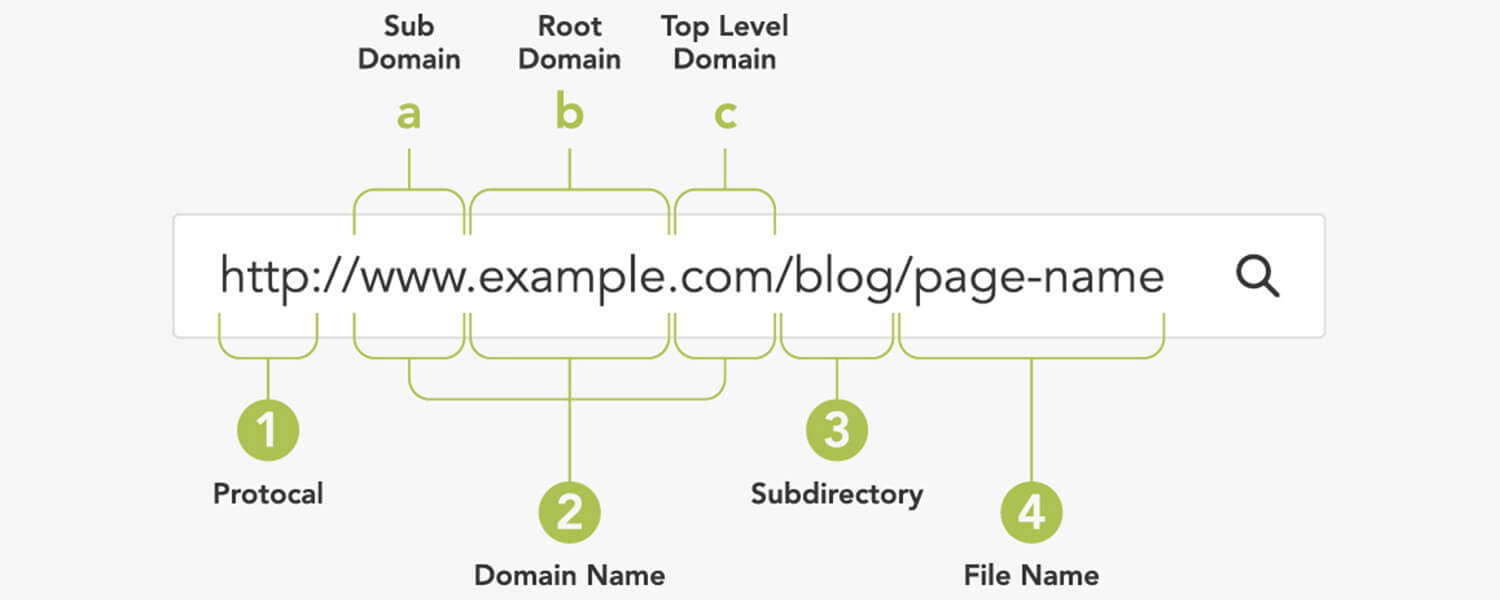
Unveiling a digital stratagem that weaves intricate pathways within a website’s fabric – the subdomain. Imagine a cybernetic universe dedicated to automobiles, where a symphony of subdomains orchestrates a seamless browsing experience. Each vehicle archetype – sedans, SUVs, and more – dances to its own tune, enveloped within its bespoke subdomain sanctuary.
Yet, the subdomain’s prowess extends beyond content partitioning. It’s a linguistic maestro, conducting a polyglot symphony that resonates with global audiences. In this virtuoso performance, each subdomain is an ambassador of language, offering visitors the gift of comprehension in French, Spanish, and beyond.
Envision the subdomain as a digital tapestry, weaving intricate storylines alongside the primary domain. Consider the automobile enthusiast’s haven: the blog. With the flick of a subdomain wand, this narrative takes center stage, unfurling an independent digital realm where insights, anecdotes, and musings resonate in perfect harmony. Here, the subdomain dons the cape of transformation, morphing into an independent website, yet forever anchored to the main domain’s orbit.
In conclusion, the subdomain stands as a digital polymath, shaping a website’s landscape into bespoke sections with distinct narratives. More than a mere divider, it’s a linguistic diplomat and a storyteller’s haven, all tethered to the main domain’s embrace.
Determining the Appropriate Situations for Subdomain Usage
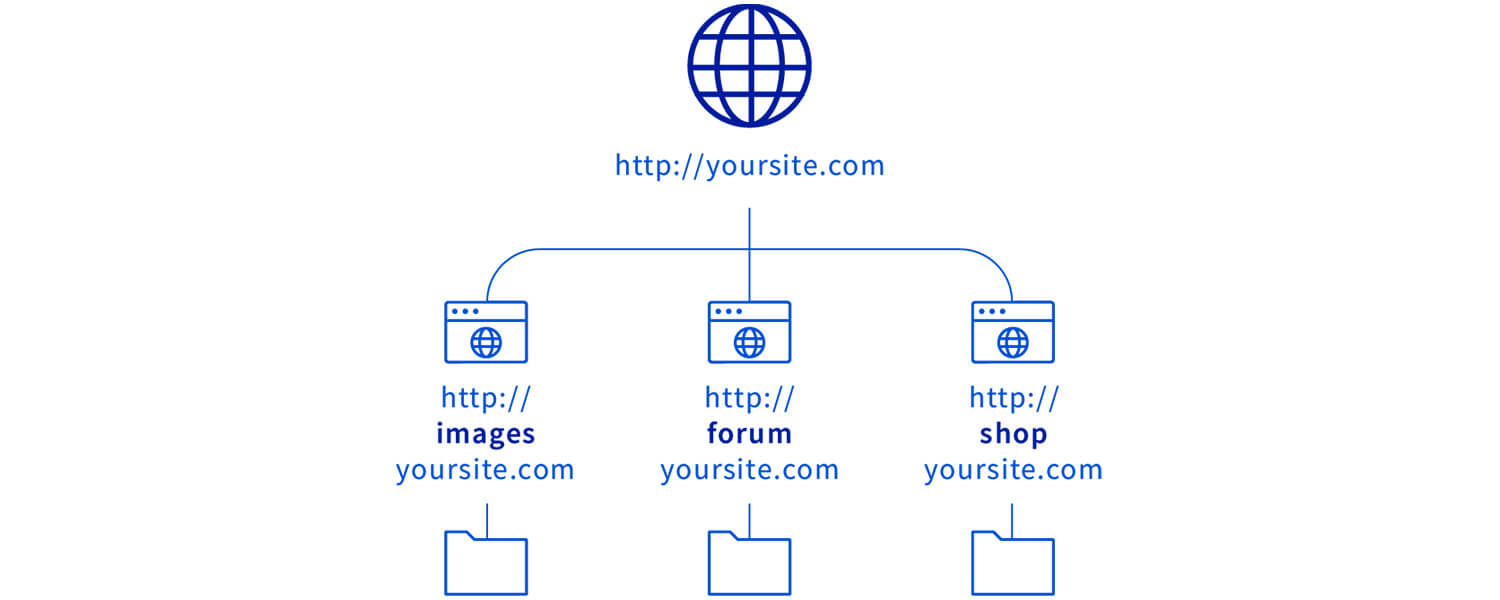
Harnessing the potential of a subdomain can be an astute maneuver to streamline and enhance your website’s structure, resulting in a more intuitive user experience. Nonetheless, before embarking on this journey, several crucial factors warrant contemplation.
Venturing into the digital ecosystem, it becomes apparent that search engines treat subdomains as distinct entities. Achieving commendable search rankings necessitates a granular approach, where each subdomain must undergo meticulous optimization. This personalized optimization effort empowers your subdomains to flourish individually in the expansive realm of search results, underlining the significance of tailored strategies for each unique subdomain.
However, amidst the quest for optimization, an equally vital consideration surfaces – user recall. While subdomains provide organizational prowess, they might inadvertently complicate the memorability of your website’s addresses. Imagine a scenario where your primary domain reads as www.example.com, while your enriching blog nestles within the subdomain www.example.com/blog. The labyrinthine nature of the subdomain might present an inadvertent hurdle for visitors endeavoring to revisit your insightful content.
As the crossroads beckon and decisions linger in the balance, a strategic compass can guide your way. Embrace the art of equilibrium, where the scales of search engine prominence and user-centric design find harmonious alignment. Navigating these considerations empowers you to forge a path that seamlessly combines search engine visibility with an effortlessly memorable browsing journey, ultimately crafting a digital presence that captivates both algorithms and human curiosity.
Sample Subdomains to Consider
Forum Subdomains:
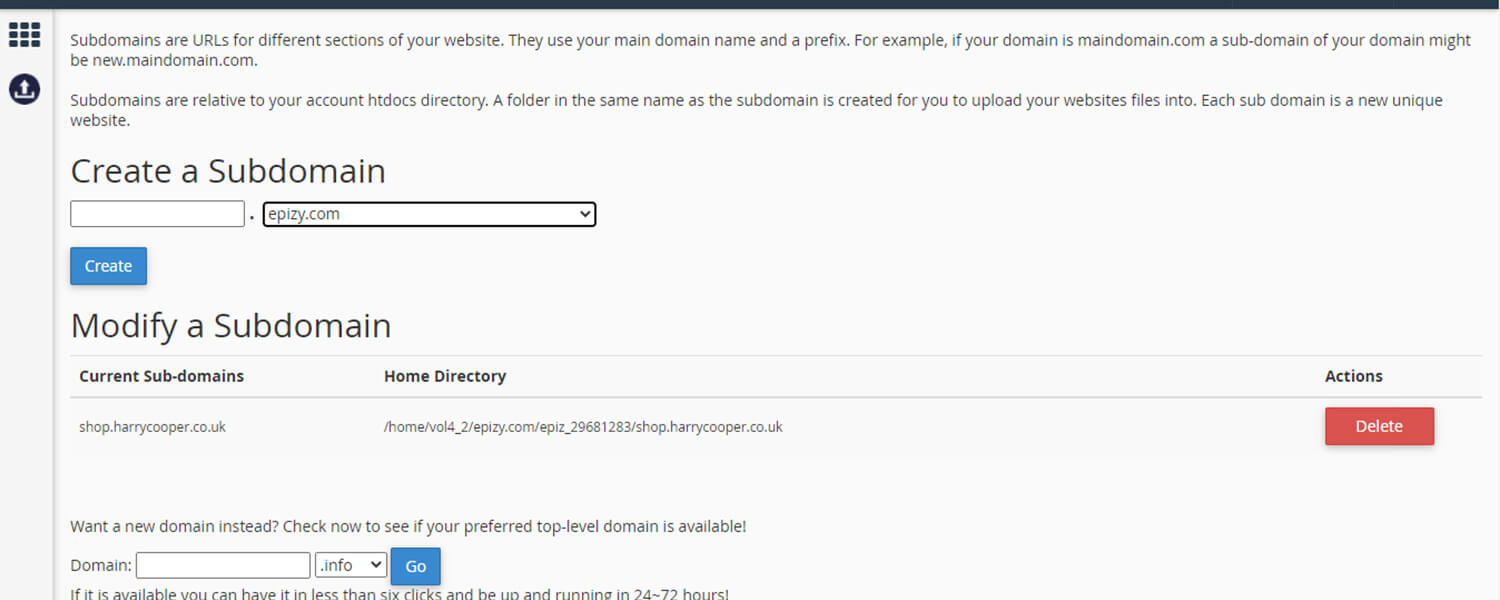
Forum subdomains have emerged as vibrant virtual spaces that cultivate interaction and connection among individuals who share common passions. With subdomains like “community.example.com,” websites are creating digital meeting points for diverse communities, spanning from tech enthusiasts to culinary aficionados. These subdomains serve as more than just platforms for information sharing; they’re living hubs where members engage in dynamic discussions, exchange advice, and forge meaningful relationships. The “forum.example.com” subdomain empowers users to not only seek answers and express their opinions but also to find a sense of belonging and camaraderie, enriching their overall online experience.
Location-Centric Subdomains:

The globalization era has ushered in a demand for personalized online experiences that bridge the virtual and physical worlds. Location-centric subdomains, exemplified by instances like “nyc.example.com,” offer tailor-made content for individuals in specific geographic regions. By incorporating location-based identifiers, websites provide contextually relevant information, from local news updates to weather forecasts. These subdomains not only impart knowledge but also resonate deeply with users, reaffirming the potential of digital platforms to connect with users’ immediate surroundings. The result is a more engaging and immersive online encounter that responds to users’ individual needs.
Audience-Tailored Subdomains:

Websites are increasingly leveraging audience-tailored subdomains, like “you.example.com” or “professionals.example.com,” to captivate distinct user groups with content tailored to their preferences. This strategy translates into heightened user engagement and satisfaction as the content resonates with these demographics on a personal level. By recognizing and catering to their unique interests and needs, websites enhance their ability to retain users, ultimately contributing to their overall success. This approach signifies a departure from the one-size-fits-all model, demonstrating the value of customizing digital interactions to create lasting connections.
Content-Focused Subdomains:

In the ever-expansive realm of digital content, content-focused subdomains emerge as navigational tools, guiding users to their desired information swiftly and effortlessly. By classifying content under distinct subdomains such as “recipes.example.com” or “tutorials.example.com,” websites simplify content consumption. Users navigating these subdomains find a streamlined pathway to the specific content type they seek, whether it’s detailed tutorials, comprehensive articles, or instructive videos. This deliberate organization not only streamlines user journeys but also boosts satisfaction, reinforcing user loyalty and encouraging them to return for more.
Language-Dedicated Subdomains:
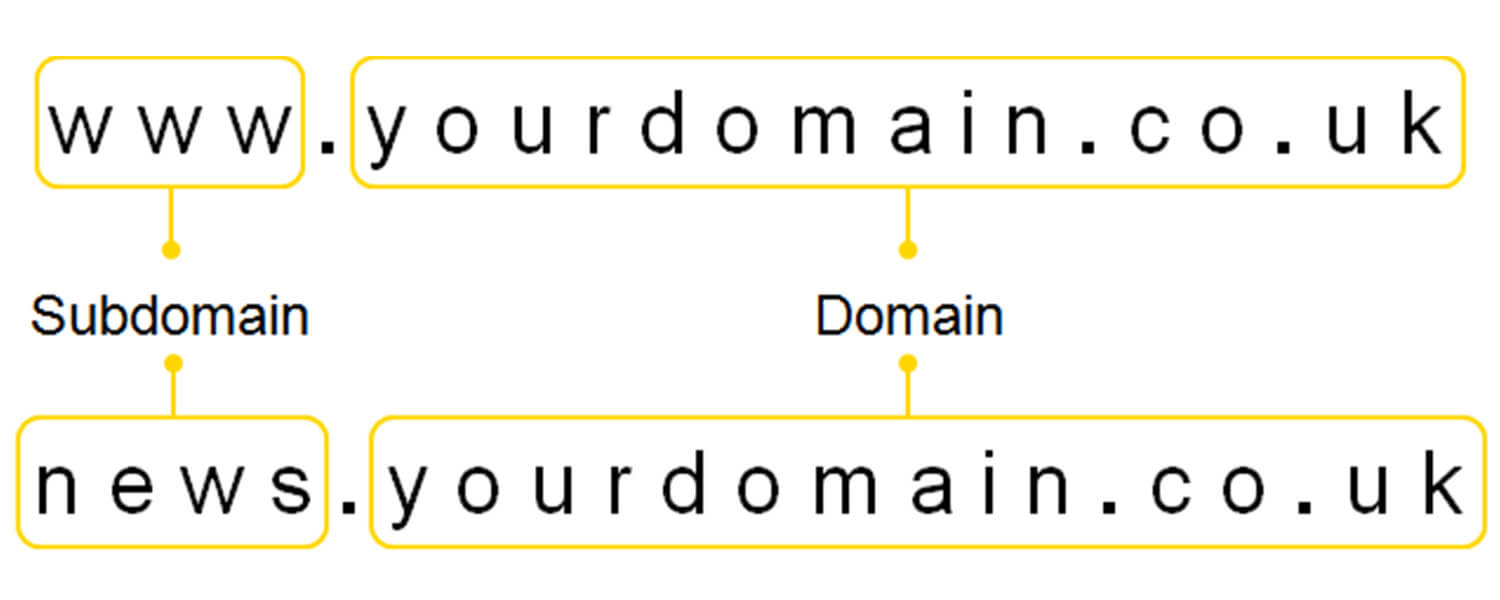
Language-dedicated subdomains like “espanol.example.com” or “francais.example.com” transcend linguistic hurdles by offering content in users’ preferred languages. These subdomains foster inclusivity and accessibility, ensuring seamless access to information for a global audience. Embracing linguistic diversity not only enhances engagement but also fosters deeper connections between websites and users worldwide. By effectively communicating across languages, websites build bridges that enable users to forge meaningful connections, breaking down barriers to understanding and interaction.
Functional Subdomains:
The era of functional subdomains ushers in a user-centric approach that simplifies digital interactions. Subdomains like “store.example.com” or “teamsupport.example.com” dedicate spaces to specific website features or services. This focused arrangement guides users directly to the services they need, eliminating unnecessary navigation steps and creating an intuitive and efficient user journey. By embracing this approach, websites optimize user satisfaction by ensuring swift access to vital functions, encouraging users to engage more frequently and deeply.
Mobile-Optimized Subdomains:

The prevalence of mobile browsing has underscored the significance of mobile-optimized subdomains, epitomized by subdomains like “m.example.com.” These subdomains cater to users accessing websites from mobile devices, guaranteeing responsive interfaces tailored to smaller screens. The result is a seamless and superior on-the-go experience that empowers users to navigate content effortlessly, irrespective of their device. Prioritizing mobile optimization contributes to enhanced user engagement and satisfaction, recognizing the evolving digital landscape’s demands.
Blog Subdomains:
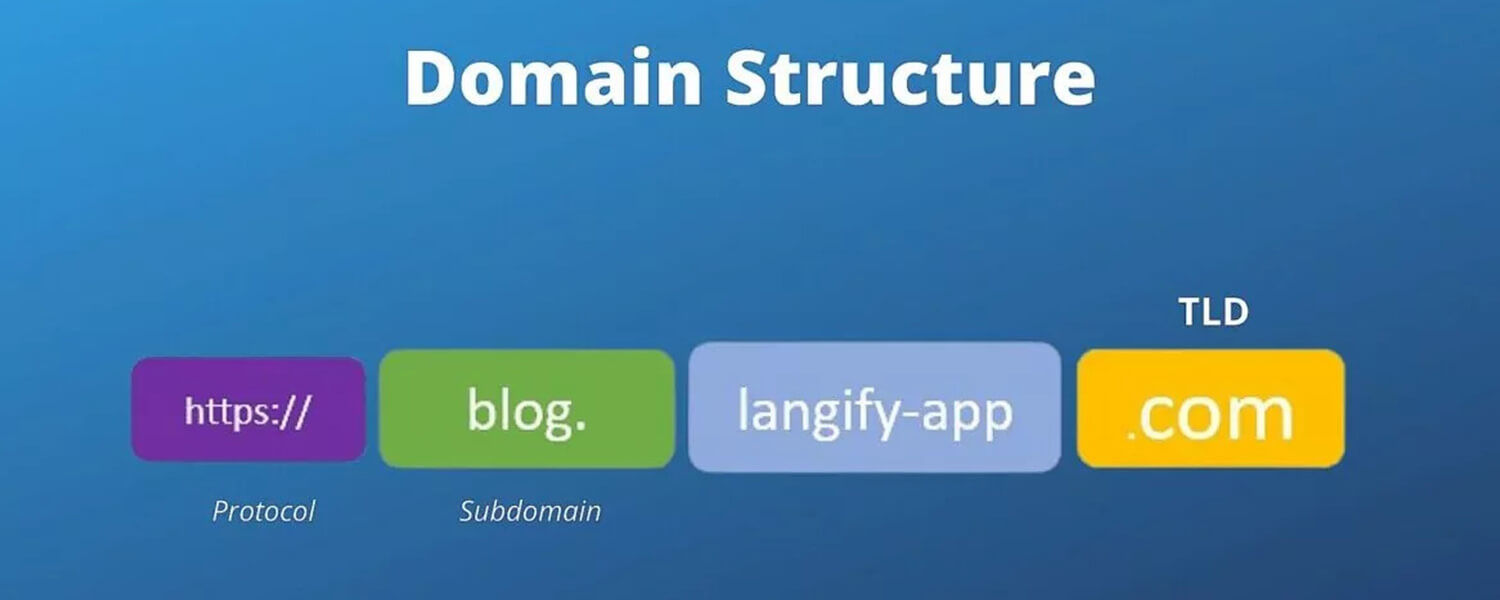
Blog subdomains carve out dedicated spaces for sharing insights, stories, and expert opinions. Subdomains like “blog.example.com” become platforms for creators and industry experts to delve deep into subjects of interest. These subdomains house an array of articles that offer value through in-depth analyses, guides, and thought-provoking content. In curating informative and captivating blogs, websites cement user loyalty and position themselves as reputable sources of information within their respective niches, fostering a sense of trust and connection.
Support Subdomains:

Support subdomains play a pivotal role in delivering assistance and guidance to users, ensuring a smooth and positive experience. Subdomains like “helpcenter.example.com” or “faq.example.com” function as repositories for frequently asked questions, troubleshooting guides, and contact details. Users encountering challenges or seeking clarifications can easily access these resources, reinforcing user confidence and trust. Through comprehensive support, websites cultivate a sense of reliability, enhancing user loyalty by ensuring users’ needs are met efficiently.
eCommerce Subdomains:

eCommerce subdomains have redefined online shopping experiences by providing dedicated spaces for product exploration, reviews, and transactions. Subdomains like “store.example.com” or “shop.example.com” create focused and seamless browsing environments that cater to the needs of online shoppers. These subdomains streamline users’ interactions with product catalogs, facilitating informed decision-making and smooth transactions. By simplifying the online shopping journey, eCommerce subdomains drive higher conversion rates and elevate customer satisfaction, shaping the modern landscape of digital commerce.
Pros of Using Subdomains
Organizational Structure:
Subdomains offer an effective way to compartmentalize your website’s content, enhancing its overall organizational structure. By creating separate subdomains for distinct sections, such as blogs, e-commerce, or support, users can easily find the information they need, leading to a better user experience.
Content Segregation:
The isolation of different types of content through subdomains can have significant benefits. This approach enhances security by limiting potential vulnerabilities to specific sections, streamlines maintenance since updates can be focused on individual subdomains, and facilitates scalability by allowing specific parts of the website to be optimized independently.
Targeted Branding:
Subdomains allow you to tailor branding and design elements to specific segments of your audience. This personalization can create a more immersive and relevant experience for users, contributing to stronger brand recognition and engagement.
SEO Flexibility:
Leveraging subdomains for distinct content areas enables a strategic approach to SEO. You can optimize each subdomain for specific keywords and topics, potentially improving your website’s overall search engine visibility by targeting diverse search queries.
Language and Localization: Subdomains are frequently employed to serve content in different languages or cater to specific geographic regions. This localization can enhance user engagement by providing content in a language familiar to the user or tailoring information to the needs of specific regions.
Cons of Using Subdomains
Complexity:
Managing multiple subdomains adds complexity to your website’s administration. Each subdomain requires attention, updates, and monitoring, which can increase the workload for maintenance and potentially lead to inconsistencies if not managed meticulously.
Cookie Sharing:
By default, cookies are not shared across subdomains, which can result in user authentication and experience issues. Correctly configuring cookies to work seamlessly across subdomains requires careful attention to ensure a smooth browsing experience.
SEO Challenges:
While subdomains can benefit SEO efforts by targeting specific content, they can also present challenges. Search engines may treat subdomains as separate entities, potentially diluting the overall domain authority and making it harder to achieve high rankings for competitive keywords.
Technical Set-up:
Establishing and configuring subdomains correctly demands technical expertise. The process involves DNS configuration, server settings, and potential challenges related to SSL certificates, making it essential to have skilled personnel or resources available for the setup.
Mobile Optimization:
Maintaining consistent mobile optimization across various subdomains can be complex. Ensuring a uniform and responsive user experience on different devices requires additional development work and testing to guarantee that all subdomains are equally mobile-friendly.












